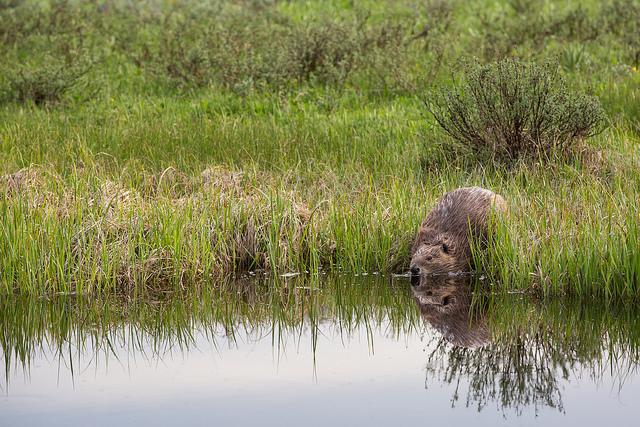Leave It to Beavers
Climate change threatens the places where we hunt and fish, but beavers can help.
From wildfires to drought and melting snowpack, climate change is reshaping the wild places where Montanans hunt and fish. If you’ve ever seen a mountain creek reduced to a tepid trickle, you may feel there’s nothing you can do to restore these beloved places. But beavers can.
Beavers, you say? That’s right, beavers—nature’s engineers. These industrious critters dam up flowing water, which filters out sediment and—according to the latest research—actually stores cool water to be released downstream. This is important, as cleaner and cooler water is essential for our fish to thrive. Generally speaking, native fish don’t mind the dams, as they are quite adept at finding ways through the porous structures. Fish and beaver evolved alongside one another, after all. Deer and elk also benefit from beavers’ work, as dammed ponds eventually become meadows, which create habitat for foraging and cover.
Despite the benefits they provide, beavers have been viewed as moving targets for fur, at best, and at worst, as pests. This perception is changing, as more people come to realize just how much work these critters can do for us. In fact, beavers are now being recognized as a keystone species that is necessary for riparian ecosystems to thrive.
In some cases, wildlife agency officials have reintroduced beavers into areas where they were previously trapped out. For example, beavers reintroduced to the Absaroka-Beartooth Wilderness more than two decades ago helped improve the watershed and the animals that live there—including elk, moose, and many other species.
Recently, Montana Fish, Wildlife and Parks finished taking public comments on a project that will reintroduce up to six beavers into Reservoir Creek, roughly 26 miles southwest of Dillon. The project proposes the construction of two to four simple structures with sticks and vegetation, called beaver dam analogues, which the newly-arrived beaver will inhabit and maintain for years. (Providing a ready-made dam helps ensure the beavers stay put.) Partnered with Montana Fish, Wildlife and Parks is the Bannock Grazing Association, a private landowner that wants beavers to restore their landscape. Together the two are taking a common-sense approach to managing Montana’s wild places.

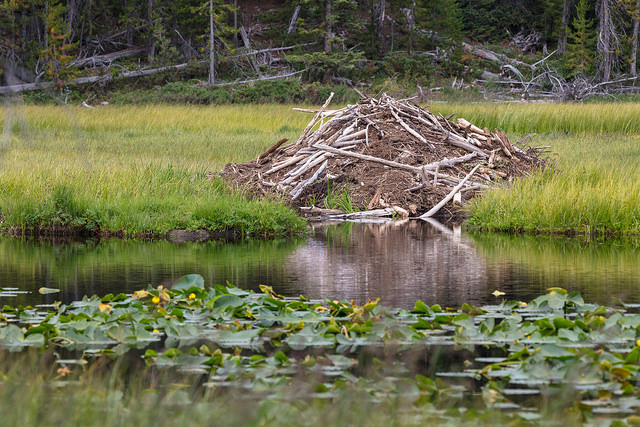
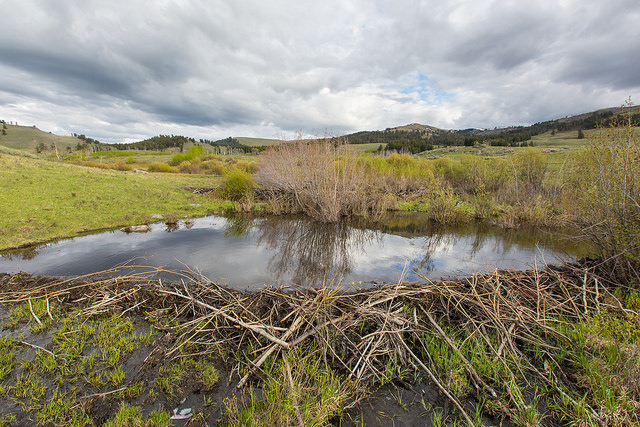
The expectation is that the beavers will aid the Bannock Grazing Association’s ability to cost-effectively graze. In addition, the beaver are expected to benefit nongame and game species of fish and wildlife through raising the water table, reducing peak runoff during spring, and increasing the complexity of the stream channel. That includes the West Slope cutthroat trout, which will benefit in the winter from the refuge habitat created by the beaver dams. Deer and moose will be better off as well, as the aquatic vegetation coveted by the ungulates will be in greater abundance thanks to the increased complexity of the channels.
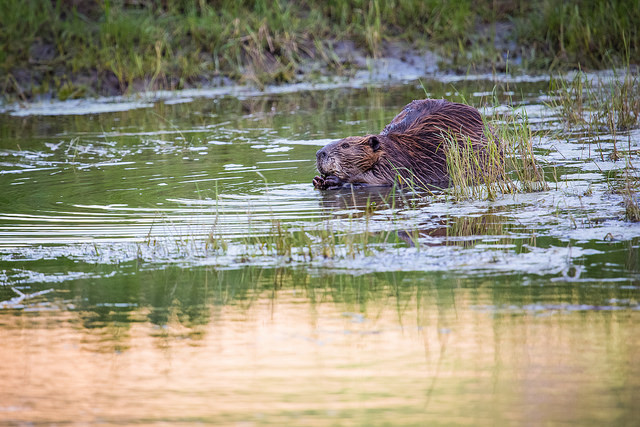
Now, any governmental action costs taxpayer money. But the reintroduction of beaver into Reservoir Creek will cost only $600, and $50 for annual maintenance. Considering the long-term benefits the beavers will supply, that is a cost-effective price.
Montana Fish, Wildlife and Parks and the Bannock Grazing Association must be commended for reintroducing a keystone species to cost-effectively restore a watershed. Still, there are other watersheds in need of restoration. Montana Fish, Wildlife and Parks needs to continue expanding available habitat for beavers and, where appropriate, reintroducing beavers into watersheds in partnership with federal agencies like the Forest Service, private landowners, and others.
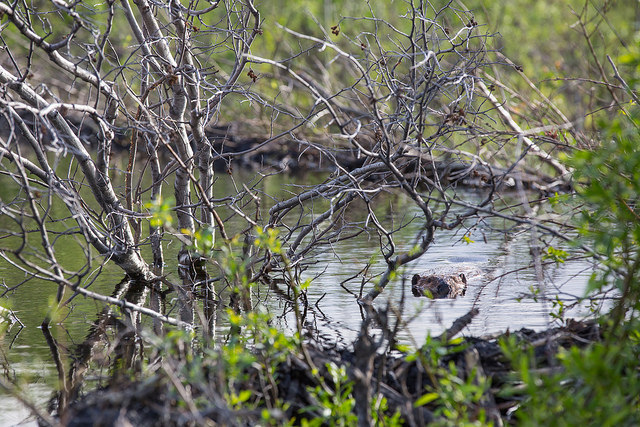

Talk to your Montana Fish, Wildlife and Parks officials about this issue. Tell them that we need more beavers in the headwaters of our watersheds. It’s a cost-effective solution that’s a win for us, and the wildlife we depend on for our recreation, food, and livelihoods.
We owe it to our children to conserve our landscapes so that they can have the same hunting and fishing opportunities we enjoy. Certainly, we would not want to deprive our children of the pleasure of teaching the little ones about the joys of living in Montana. Beavers can help.


